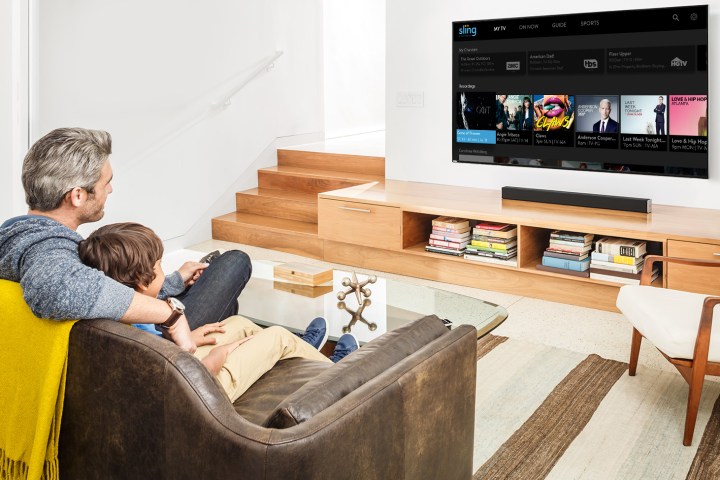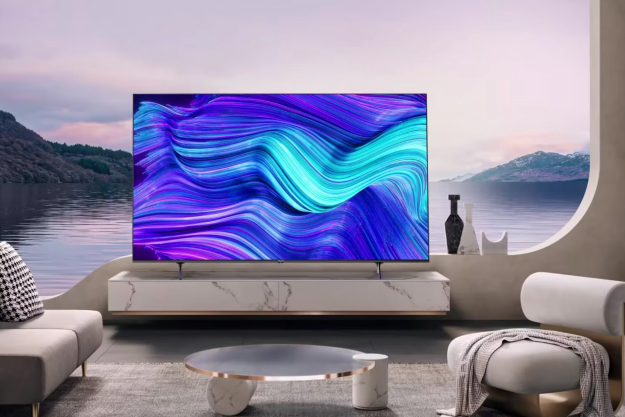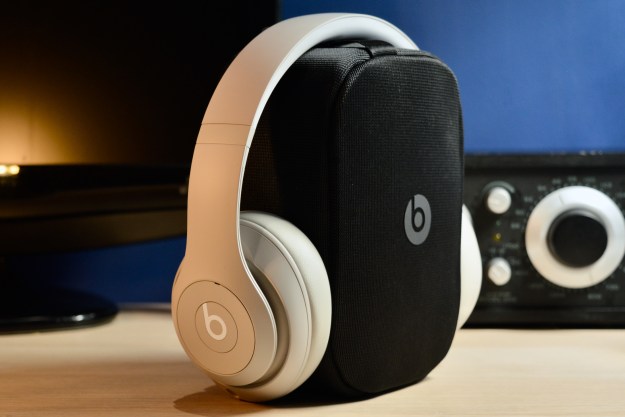
Cutting the cord doesn’t look like such a bargain these days.
First, Sling TV raised the price of its base package last week by $5. Just a day later, DirecTV Now jacked up its price by $5, and on Tuesday, PlayStation Vue did the same, raising all of its packages by $5. In less than a week, almost every major live TV streaming service added a fiver to their subscription fees. Meanwhile, YouTube TV raised its price by $5 in March (ahead of the trend) while the only holdout, Hulu, already priced its base package at the new normal: $40 per month.
Live TV streaming service pricing (base packages)
- Sling TV: $25
- DirecTV Now: $40
- PlayStation Vue: $40
- YouTube TV: $40
- Hulu with Live TV: $40
The jump isn’t much; just the cost of a loaded macchiato, or whatever inane daily expense PR spin doctors would use to marginalize it. That, of course, is what makes tiny price hikes so brilliant – they’re just enough not to make customers quit. This “new” trend in streaming is ripped right from the playbook of the cable companies streaming was supposed to save us from. It’s the old “bait and switch,” and it’s further proof that live TV streaming isn’t a revolution; it’s just more of the same.
A poorer alternative
Until now, most of these live TV streaming services have offered just enough value to justify their monthly fee – customers got live TV with lower quality and reliability than cable, but also a lower price and more freedom of choice. Subscribers can cancel anytime, choose their own equipment, and, assuming the network is actually fast enough, even watch at least some of their favorite programming on the go.
AT&T just snatched up one of the biggest media companies in the world.
On the surface, it sounds like a square deal, and with packages starting at $20 to $30 per month, it was. But at $40, the value of live TV streaming diminishes to the point that it’s more appealing for many potential customers to simply stick with old-guard TV. Combine your $40 charge for streaming TV with $40 or $50 per month for internet, and what do you get? A bill that looks a lot like what you’d pay for cable. Add in Netflix or Amazon Prime, and you’re already pushing $100 per month or more — and that’s not counting premium channels like HBO.
We’re back to escalating prices, and meager alternatives. Factor in the poorer quality and reliability of streaming, and the dream of freeing one’s self from the bonds of cable and satellite begins to lose its appeal quickly. What happened?
Broken promises
Consolidation, for one. Just look at AT&T, which just hiked the price of its DirecTV Now service.
The massive telecom recently snatched up one of the biggest media companies in the world in a multibillion-dollar merger with Time Warner Inc. (following a similarly massive acquisition of DirecTV in 2014). AT&T’s latest acquisition consolidated dozens of media properties under its umbrella, including TV networks like CNN, HBO, and TBS as well as the entire Warner Bros. film and TV empire, just to name a few. They might’ve been duking it out between each other by offering lower prices and better service, but now they serve one master.

Throughout the proceedings, as regulators raised concerns that less competition in the market could lead to escalating prices for consumers, AT&T promised prices would not go up. It even claimed the resulting company would be better able to compete with titans like Google, Netflix, and Amazon, leading to lower prices should regulators allow the deal to proceed.
By presenting a poorer alternative to cable, these companies are helping preserve the status quo.
Just weeks after the merger was approved, however, the company is telling a different story. When pressed by Ars Technica regarding its recent price hike in the face of promises to the contrary, AT&T had this to say: “To continue delivering the best possible streaming experience for both new and existing customers, we’re bringing the cost of this service in line with the market — which starts at a $40 price point.”
Putting aside the fact that this is objectively false – you can still get Sling TV for $25 a month, albeit in a smaller channel bundle – the new $40 normal is a self-fulfilling prophecy only made possible by a handful of players moving in lockstep. The price of streaming TV is $40 per month because everyone says it is. And that’s a problem.
Where you gonna go?
Netflix CEO Reed Hastings always feared what could happen if cable and satellite services truly got their act together and offered access to their content via streaming. The concept is called TV Everywhere, and it’s a service multimedia companies have been talking about as far back as 2009 — six long years before Sling TV debuted in 2015.

As the name suggests, TV Everywhere was designed to be the answer to competing streaming services, ostensibly allowing viewers to take their TV programming anywhere through verified apps, as long as they still had a cable or satellite subscription. Yet, while these services certainly exist today in a menial way, they too offer less choice, poorer reliability, and lower picture quality than the services from which they stem.
Rather than giving consumers a viable alternative to conventional TV, live TV streaming services offer a watered-down substitute for the original. Now, their most obvious redeeming quality over their predecessors, a reduced price point, is beginning to dissolve as well.
Instead of a viable alternative, live TV streaming services are a watered-down substitute.
As multimedia companies, content providers, and telecoms continue to consolidate into massive giants like the AT&T-DirecTV-Time Warner Inc. behemoth, they have fewer and fewer challengers in the marketplace to drive competition, and fewer reasons to take the demands of customers seriously. Many of these companies already own the internet pipeline, the delivery method, and much of the content.
So, the question posed to the unsatisfied customer becomes, “Where you gonna go?”
Increasingly, the answer is to
Whether this week’s consolidated price rise stems simply from the cost of doing business, or something more insidious, the companies behind the price hike would do well to reassess before continuing on this path. Otherwise, they run the risk of decreasing demand for the very product they’re selling: Live TV.
It’s a cunning gambit that would be fun to watch play out on a TV show – that is, if you weren’t shelling out $40 a month to watch it.
Editors' Recommendations
- Sling TV hikes prices for its existing subscribers
- Sony’s PlayStation Vue live TV streaming service shuts down in January
- AT&T will launch yet another streaming service, and we’re utterly confused


